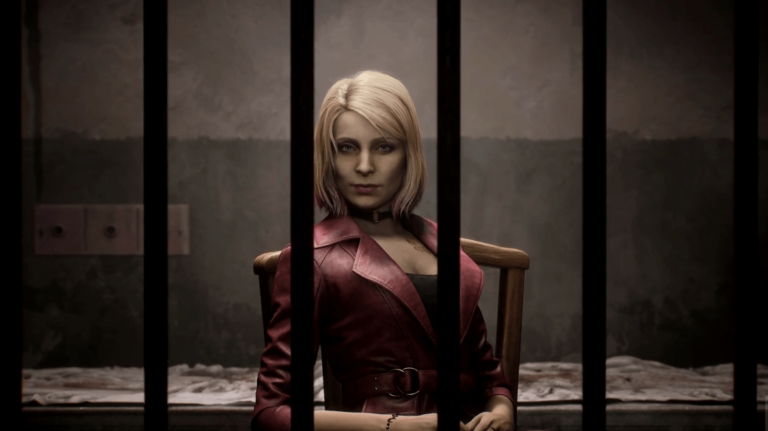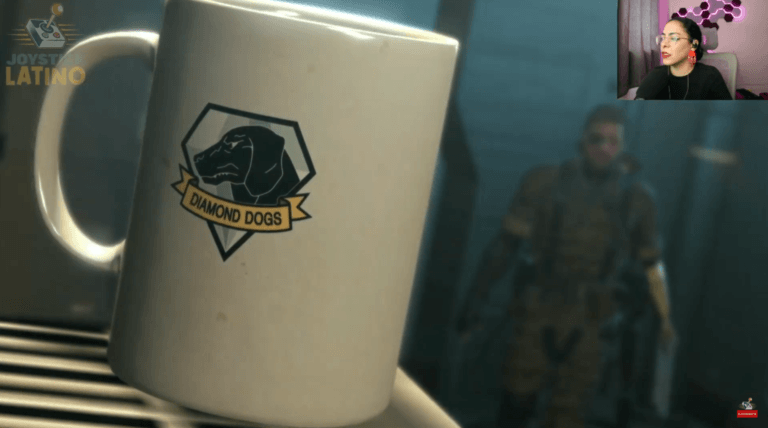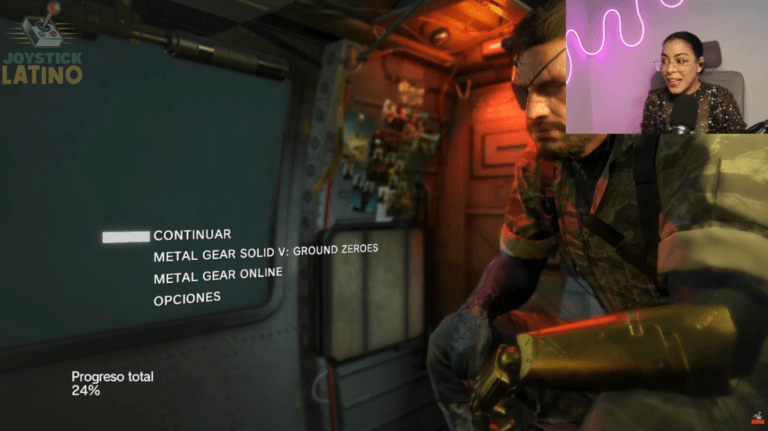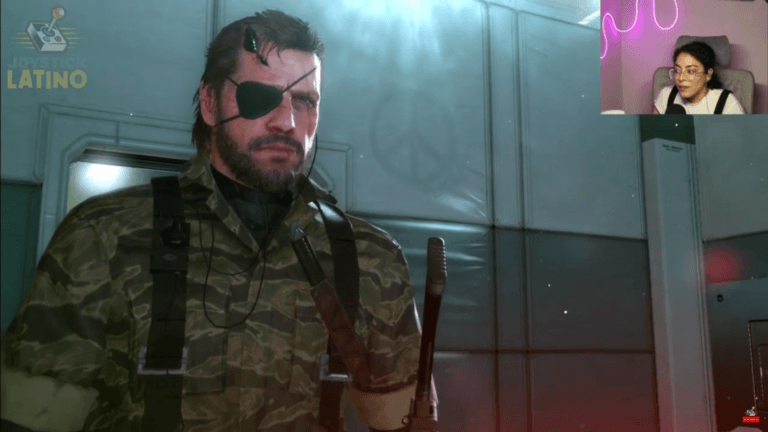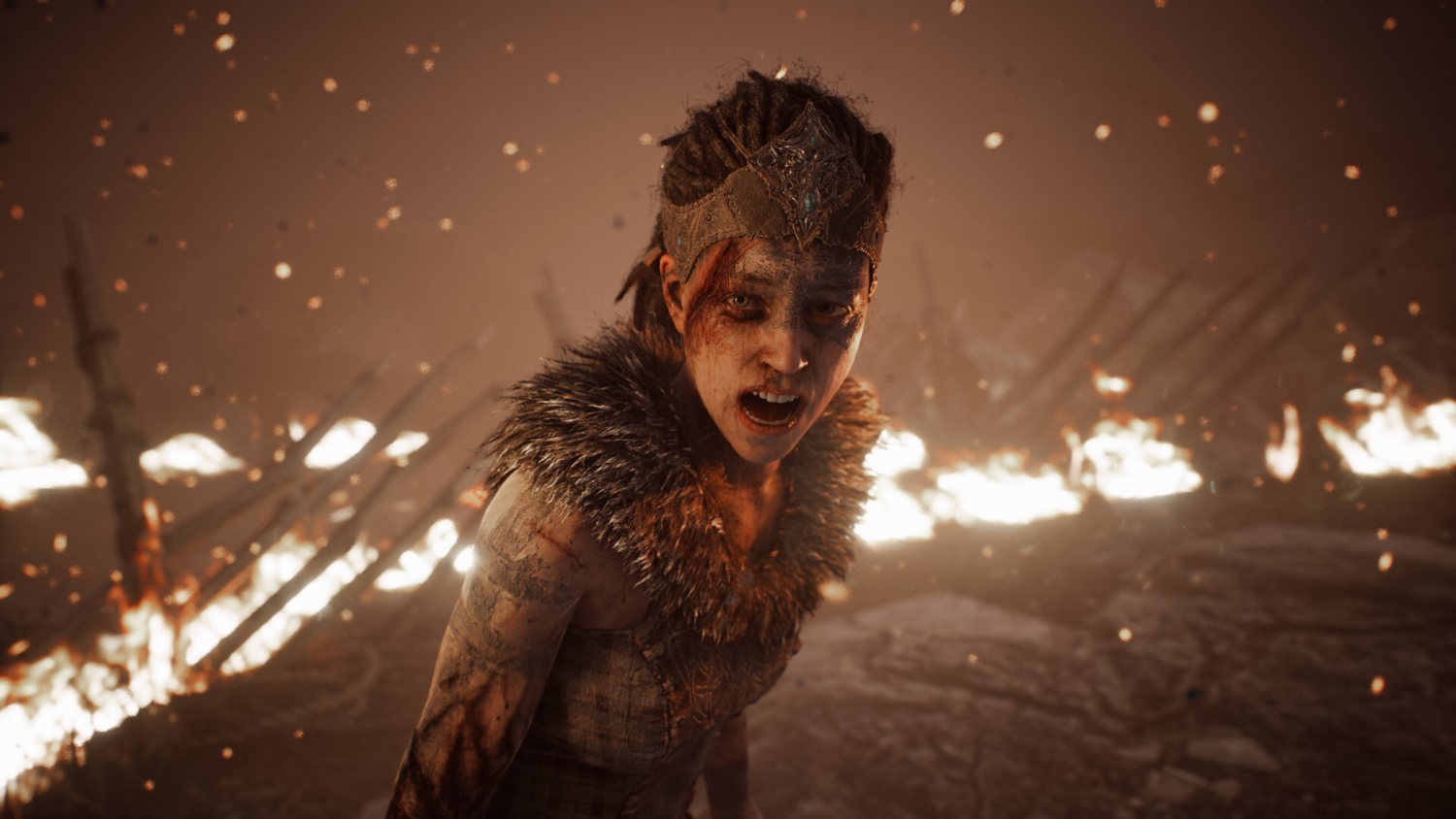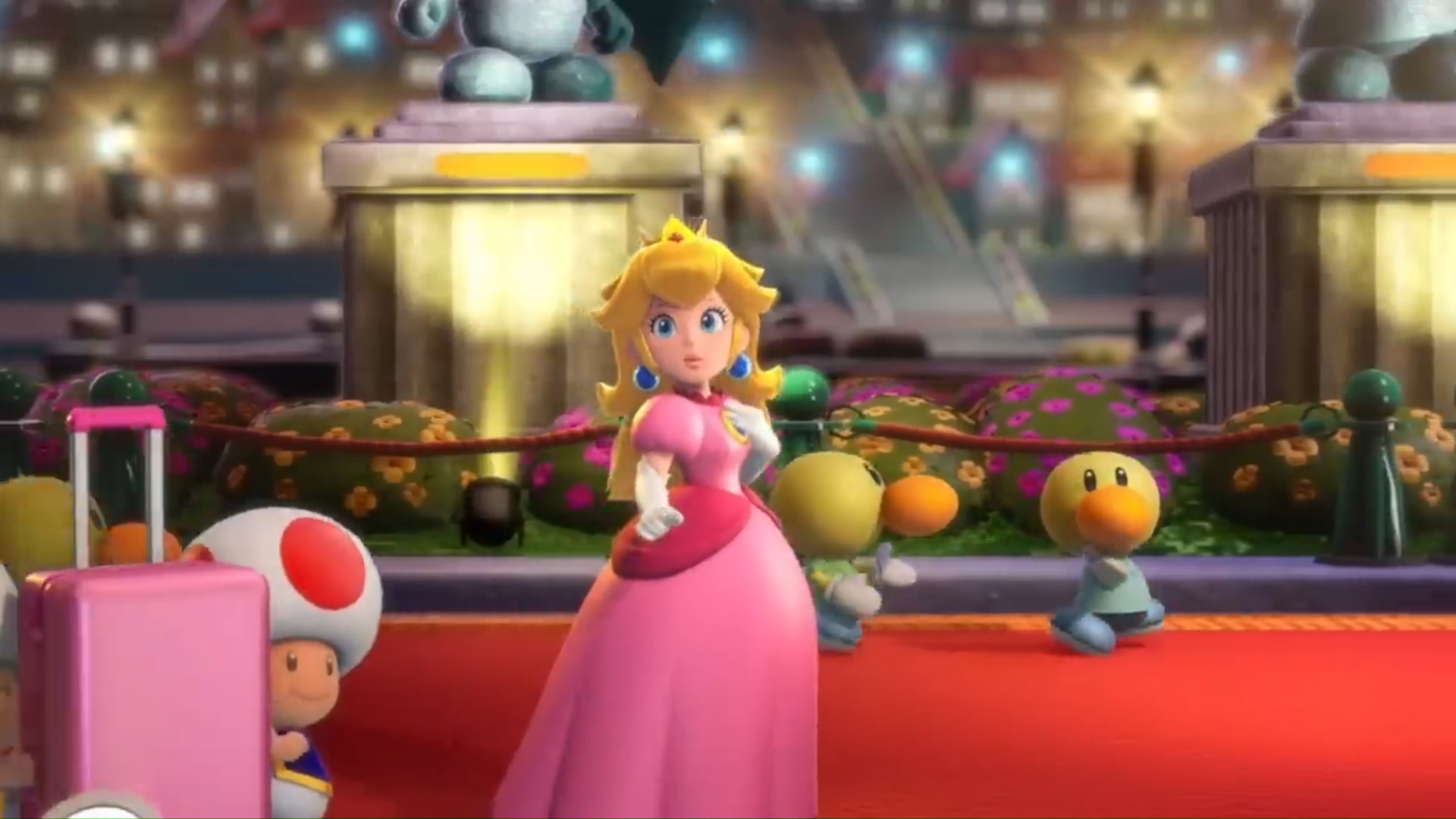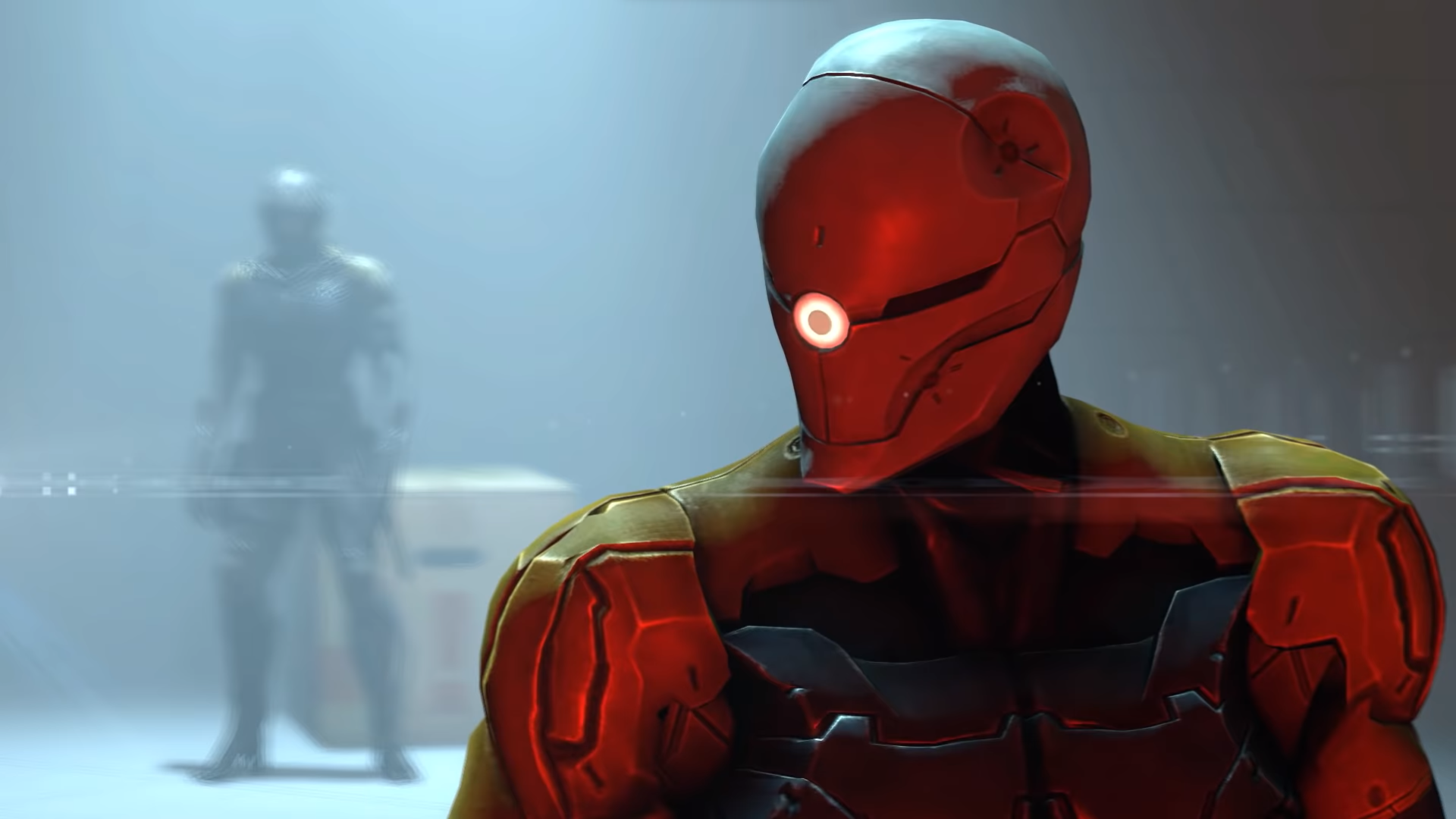The imminent danger is a powerful way to experience fear and terror. The feeling of constantly being in danger is quite unsettling. The horror genre in video games has explored this idea in many ways: from Outlast and Amnesia, where running and hiding is key to survival, to Five Nights at Freddy’s and Spooky’s Jumpscare Mansion, where sudden scares become a constant challenge. These are games that rely on jumpscares to instill fear, making them the central theme of their narrative.
But there are other ways to terrify us that, personally, I find even more eerie. Have you ever felt like you were being watched, but when you looked around, there was no one there? Have you ever wondered what would happen if there was actually something there, something you couldn’t see but you knew was lurking? What we cannot see is often far more terrifying than any visible threat. There are games that redefine what it means to feel fear in a video game without relying on jumpscares, using visual and auditory elements that elevate discomfort and unease to an inexplicable level. Examples like SOMA, Little Nightmares, and Anatomy by Kitty Horrorshow immerse us in environments that make us feel vulnerable and constantly uneasy. I want to talk to you about three particular titles that have left a mark on my memory and nervous system for years, so let’s begin.
Fatal Frame II: Crimson Butterfly
Fatal Frame II: Crimson Butterfly came into my life when I was 14 years old. My best friend had just bought it and invited me to play. Within the first 10 minutes, I was completely hooked, as well as terrified. This is a game that combines rituals, complex family themes, and paranormal aspects, making it a must-play title.
Released in 2003 by Tecmo, it tells the story of two twin sisters, Mio and Mayu, and how Mio feels guilty because Mayu fell off a cliff, injuring her leg for life. Mio feels responsible for looking after her sister to ensure nothing happens to her again. While walking through the forest, Mayu decides to follow a crimson butterfly (hence the title) she sees along the path, wandering away from Mio. Both end up trapped in a cursed and abandoned village at night, with the sole mission of finding Mayu and escaping from there.
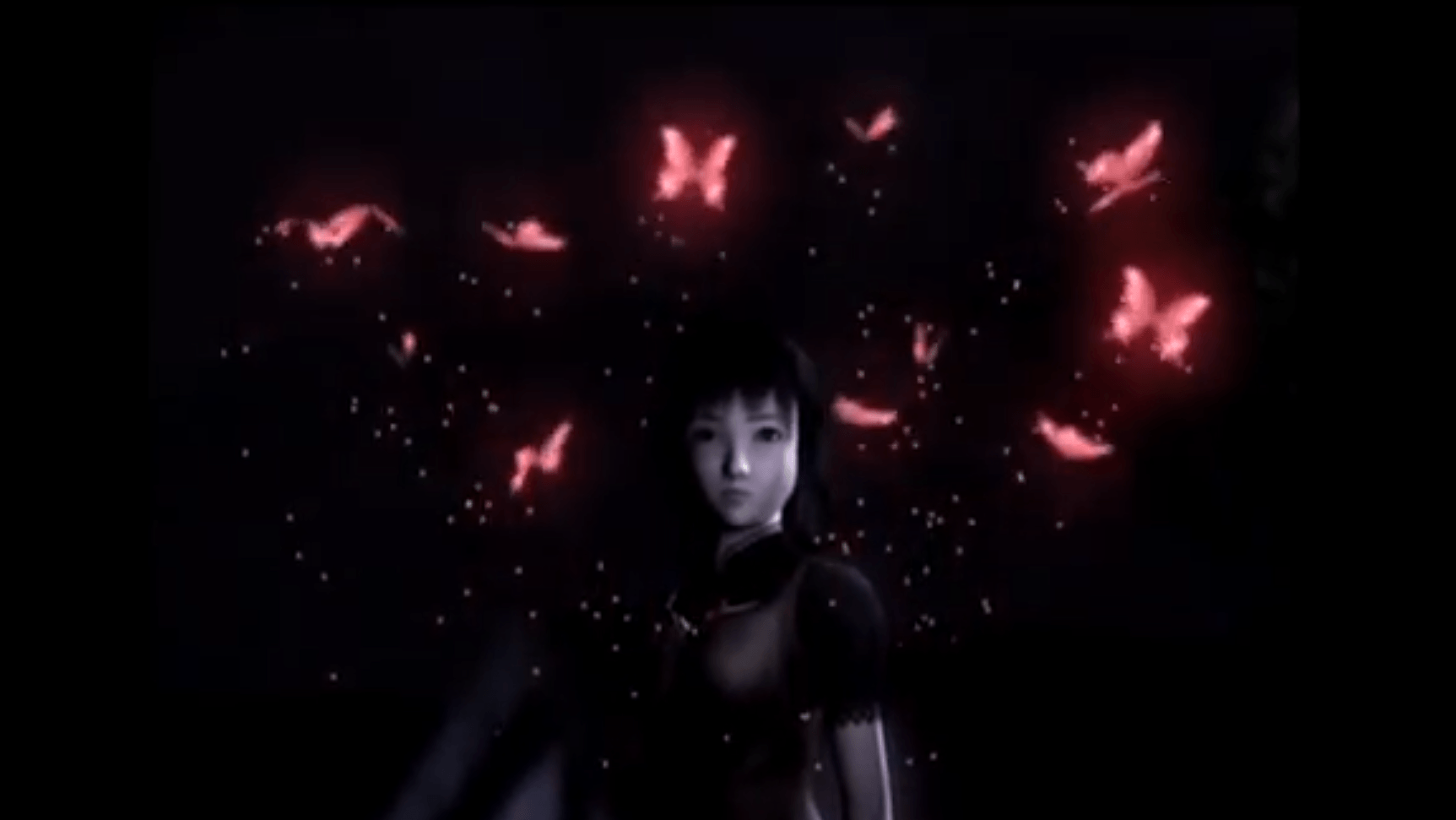 The game takes us through different corners of the village, exploring abandoned houses and temples, all enveloped in a constant fog that hinders visibility. That traditional Japanese aesthetic in ruins is deeply unsettling and makes you feel lost in a space outside of time. But soon you discover that the village is not entirely abandoned. It’s probably because of this game that my fear of ghosts began. While exploring the locations, vengeful spirits appear, seeking revenge for something that happened in the village centuries ago, of which you have no knowledge. The only way to defend yourself is with an ancient camera, the Dark Camera, which you must use to photograph the ghosts. This makes the experience even scarier, as you see them up close through the lens. And the most unsettling part is that, many times, they will be too close to you.
The game takes us through different corners of the village, exploring abandoned houses and temples, all enveloped in a constant fog that hinders visibility. That traditional Japanese aesthetic in ruins is deeply unsettling and makes you feel lost in a space outside of time. But soon you discover that the village is not entirely abandoned. It’s probably because of this game that my fear of ghosts began. While exploring the locations, vengeful spirits appear, seeking revenge for something that happened in the village centuries ago, of which you have no knowledge. The only way to defend yourself is with an ancient camera, the Dark Camera, which you must use to photograph the ghosts. This makes the experience even scarier, as you see them up close through the lens. And the most unsettling part is that, many times, they will be too close to you.
Unlike other horror games like Silent Hill or Resident Evil, Fatal Frame forces you to confront these entities as a way to face your fears. Something that makes it even more special is that Mio and Mayu are not strong or brave characters. We realize they are fragile, which heightens the vulnerability you feel while playing. Not only do you have to protect yourself, but you also have to take care of Mayu due to the emotional connection between the sisters.
 Vengeful spirits and cursed rituals are common themes in Asian horror, like in Ju-On or The Photographer. However, in Fatal Frame, these themes are uniquely intertwined with the sisters’ story. The ability to interact with the environment and control the protagonists makes the horror even more personal.
Vengeful spirits and cursed rituals are common themes in Asian horror, like in Ju-On or The Photographer. However, in Fatal Frame, these themes are uniquely intertwined with the sisters’ story. The ability to interact with the environment and control the protagonists makes the horror even more personal.
This is a title that, decades later, still leaves me with things to ponder. It’s a unique experience, and every time I revisit it, I discover new details that leave me obsessed, despite the fear it induces. It’s easy to see why the Fatal Frame saga has endured over time, and Crimson Butterfly is definitely a classic you shouldn’t miss.
That feeling of obsession despite the fear, that need to discover more, is something I hadn’t felt since Fatal Frame until the next game came along.
Silent Hill 2 Remake
As a child, I tried to play the first Silent Hill. I remember being in the living room of our apartment, terrified alongside my sister, trying to guide Harry through the town in search of his daughter. Every time the radio went off, my hands would freeze, and panic would take over. That was the only time I played a Silent Hill game, and I only made it to the school, because the fear I felt was simply too much.
I have friends who have talked to me about Silent Hill for years, especially The Room, which I find a brilliant concept, and of course, Silent Hill 1 and Silent Hill 2. Today, I’d like to talk specifically about the second one because if you’re subscribed to this channel, you’ll already have noticed that Gabriel has donned his armor to face this title, and I was there in the chat, accompanying every second of the adventure.
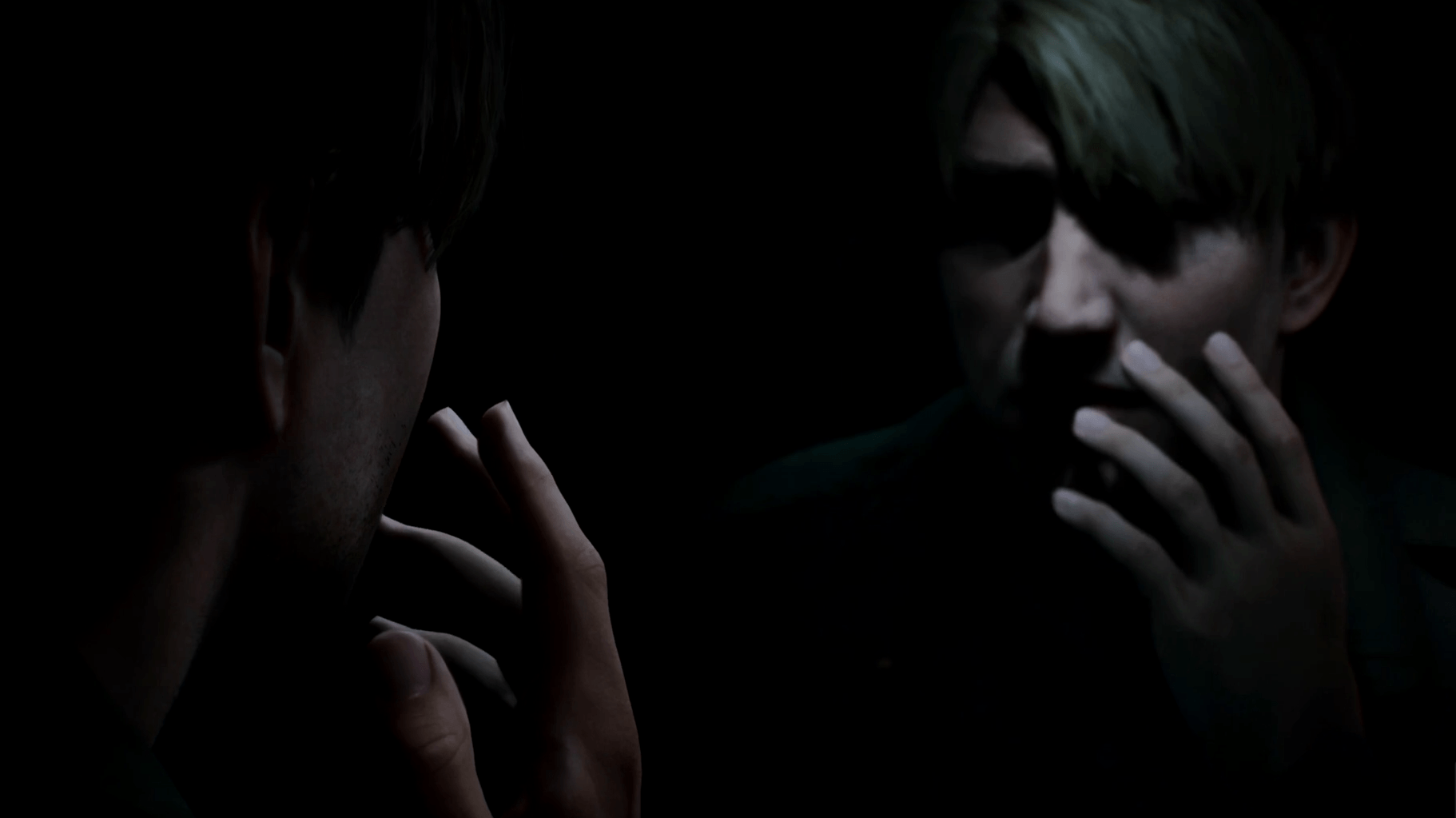 This is perhaps one of the darkest and most disturbing journeys in video game history. Originally, Silent Hill 2 was released in 2001 by Konami, and it’s a title that has left a mark on many. Now, it’s the game of the moment because Konami has launched a remake that has left us speechless.
This is perhaps one of the darkest and most disturbing journeys in video game history. Originally, Silent Hill 2 was released in 2001 by Konami, and it’s a title that has left a mark on many. Now, it’s the game of the moment because Konami has launched a remake that has left us speechless.
In this Silent Hill, we step into the shoes of James Sunderland, who, after receiving a letter from his wife, decides to go looking for her in the town of Silent Hill. The problem is, his wife, Mary, passed away three years ago. For James, Silent Hill is the town where he shared happy memories with his wife, a place she was in love with and where, according to the letter, she is waiting for him in their “special place.” However, as we delve into Silent Hill, we find a deformed town with empty streets, completely abandoned houses, buildings, and stores. This is when the horror begins. The game’s ambient music makes the atmosphere even heavier, and from the first moment, you know something is not right in that town.
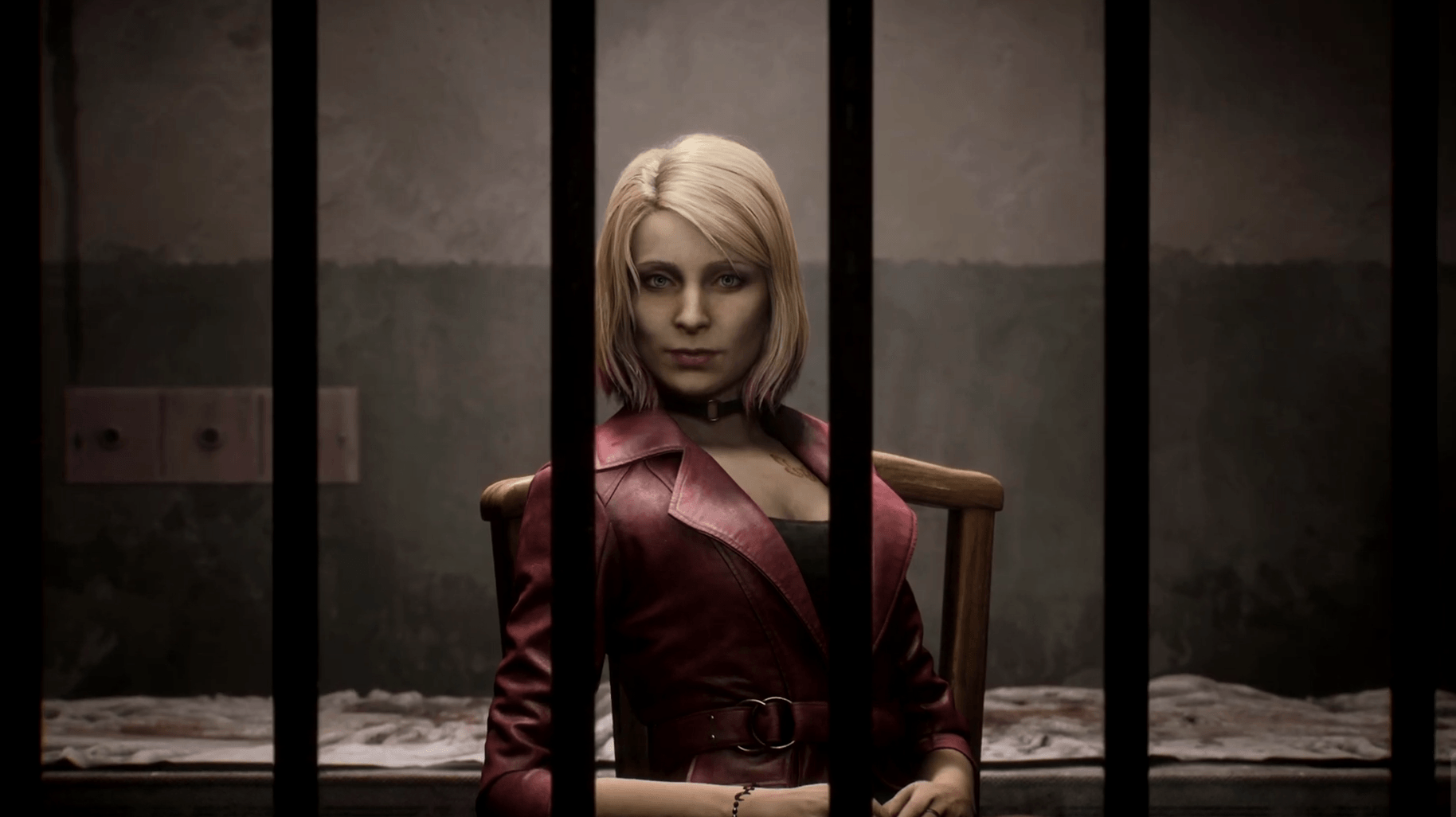 Psychological narrative is the heart of Silent Hill 2, and we see this throughout the game as the town itself becomes a reflection of the fears and regrets James has been carrying for years. Every monster we face represents something James represses, such as his carnal desires, which we see reflected in the monsters we constantly battle. Pyramid Head is a representation of self-imposed punishment and guilt. Even the shape of the bosses, represented in cages, has significant meaning, as they are a reflection of James’s psyche.
Psychological narrative is the heart of Silent Hill 2, and we see this throughout the game as the town itself becomes a reflection of the fears and regrets James has been carrying for years. Every monster we face represents something James represses, such as his carnal desires, which we see reflected in the monsters we constantly battle. Pyramid Head is a representation of self-imposed punishment and guilt. Even the shape of the bosses, represented in cages, has significant meaning, as they are a reflection of James’s psyche.
What’s fascinating about this title, unlike Fatal Frame, is that the terror doesn’t come from the environment, it’s not something external to our character. On the contrary, it’s James’s mind that is the main source of the horrors we face, leaving us with a deeper reflection: we’re not fleeing from monsters, we’re fleeing from ourselves. Throughout the game, we explore layer after layer of the trauma and guilt James carries. He is a deeply broken man, and it makes us reflect on how much of the horrors we live through are a projection of the torment we carry inside.
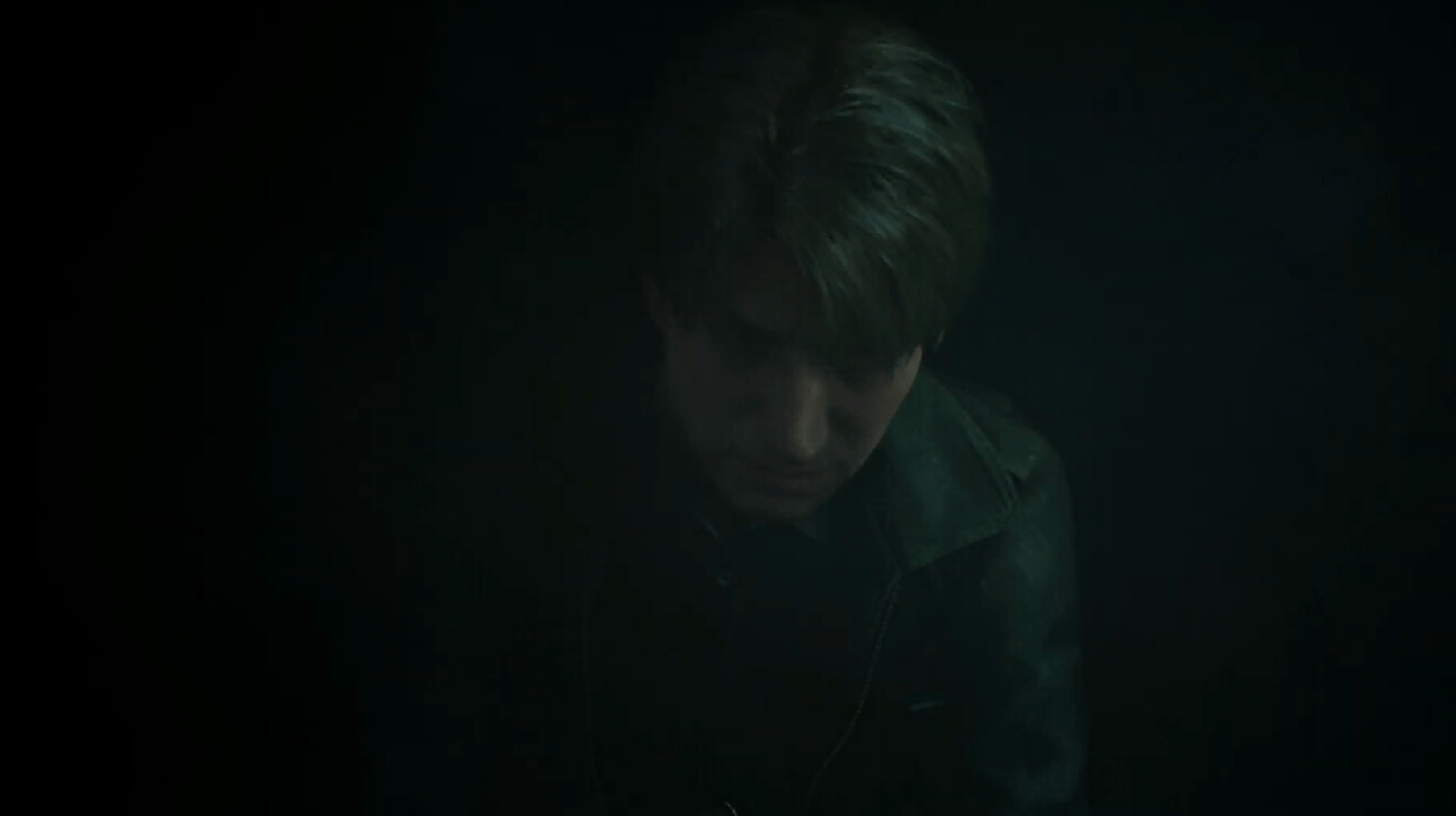 Human pain, the kind that is not seen at first glance, is the protagonist of Silent Hill 2, and it’s what makes this title unforgettable. I like to think that Silent Hill 2‘s story is inspired by The Shining, where Jack Torrance also faces his own internal demons, making every space in the hotel a metaphor for his own mind. The big difference between Silent Hill 2 and The Shining is the search for redemption. While Jack succumbs to his inner demons, becoming a ruthless man willing to kill his family, in Silent Hill 2 we traverse the town to confront James with his own sins, and the actions we take can give his mind some peace.
Human pain, the kind that is not seen at first glance, is the protagonist of Silent Hill 2, and it’s what makes this title unforgettable. I like to think that Silent Hill 2‘s story is inspired by The Shining, where Jack Torrance also faces his own internal demons, making every space in the hotel a metaphor for his own mind. The big difference between Silent Hill 2 and The Shining is the search for redemption. While Jack succumbs to his inner demons, becoming a ruthless man willing to kill his family, in Silent Hill 2 we traverse the town to confront James with his own sins, and the actions we take can give his mind some peace.
Silent Hill 2 was a highly relevant title in 2001, and now, with its remake, it has gained even more strength, positioning itself as one of the best horror games ever created. Something that Fatal Frame and Silent Hill have in common is that the places we venture into are not what they seem. They’re not just abandoned towns. But what happens when you venture into something that captivated you with pink colors and appears harmless, only to later discover that beneath all that pink lies a disturbing experience?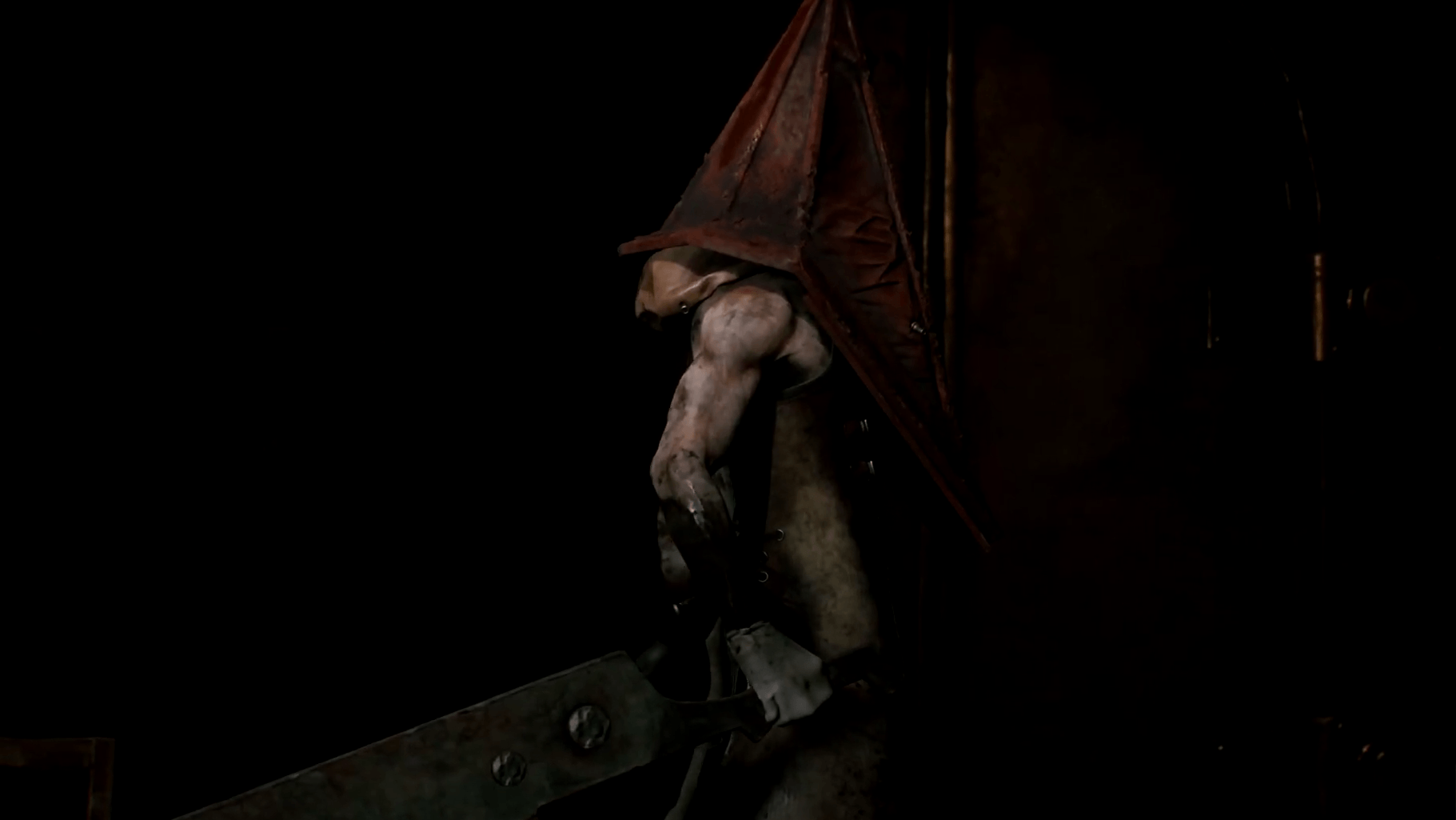
Doki Doki Literature Club
Doki Doki Literature Club is exactly that: a game that starts out very kawaii, in the style of a graphic novel, where you quickly believe you’re there to see which of the literature club girls you’re going to get involved with. And yes, you do get involved in the end, but in the worst way possible, with the worst consequences.
In Doki Doki, you take on the role of a student invited to the literature club by your childhood friend, Sayori. The club is small, with only four members: Monika, Yuri, Natsuki, and Sayori. Throughout the game, you interact with each of them, write poems to present to the club, and share opinions on the poems of other members. But little by little, you start to realize that something sinister is happening behind this façade.
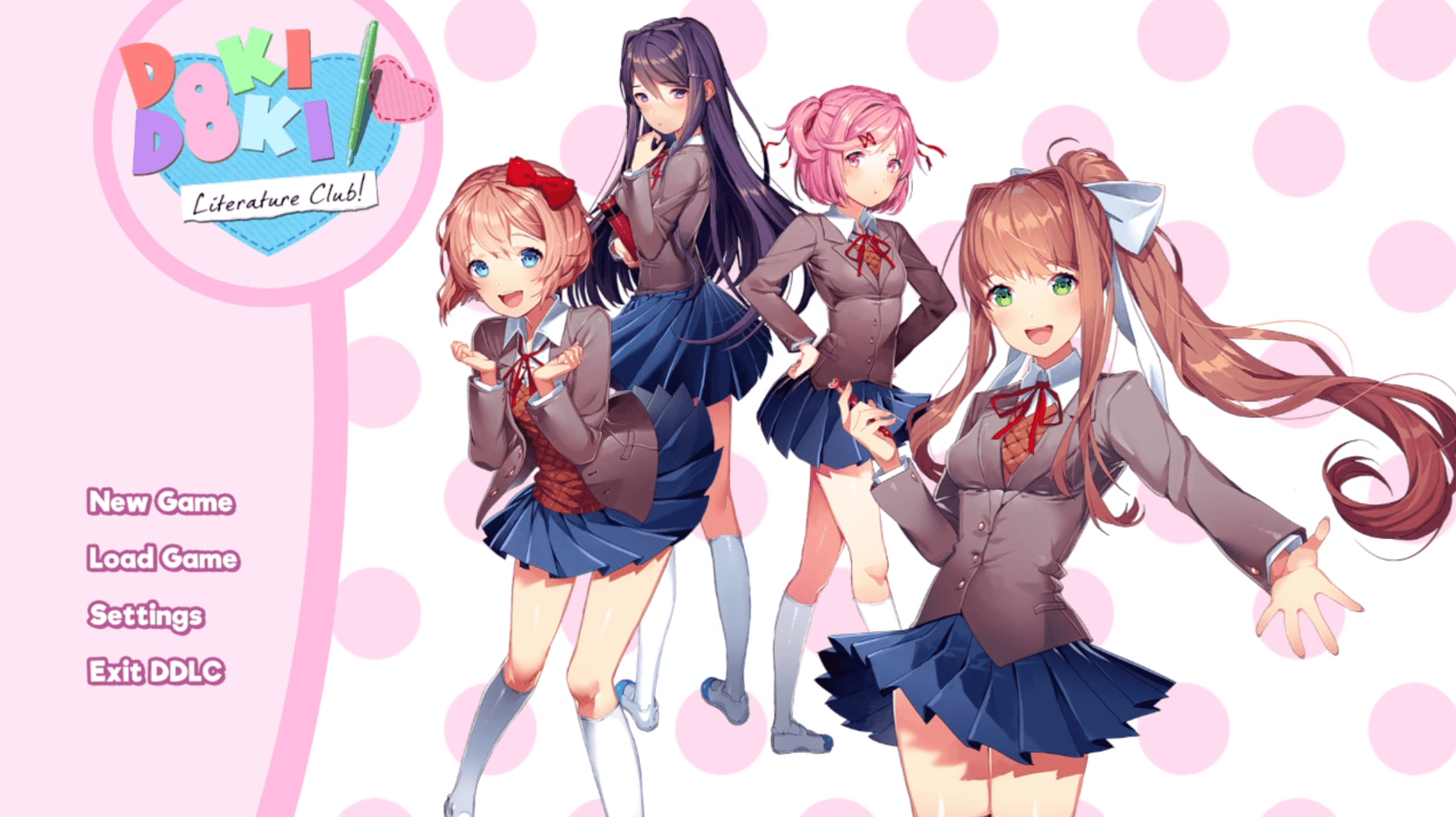 The game was released in 2017 by Team Salvato, and what no one expected was that Doki Doki would surprise everyone by breaking expectations. When you open the game, everything has a striking visual style, with characters designed in an anime style and cheerful music. Everything seems innocent and romantic, but as you progress, the game begins to address you, not your character, but you as the player, making you feel vulnerable. The designs start to break down, the images become distorted, and little by little it turns into a nightmare. Then you realize that Doki Doki addresses topics like depression, anxiety, manipulation, and mental health, completely taking away the control you thought you had over the story’s flow based on your decisions.
The game was released in 2017 by Team Salvato, and what no one expected was that Doki Doki would surprise everyone by breaking expectations. When you open the game, everything has a striking visual style, with characters designed in an anime style and cheerful music. Everything seems innocent and romantic, but as you progress, the game begins to address you, not your character, but you as the player, making you feel vulnerable. The designs start to break down, the images become distorted, and little by little it turns into a nightmare. Then you realize that Doki Doki addresses topics like depression, anxiety, manipulation, and mental health, completely taking away the control you thought you had over the story’s flow based on your decisions.
The game does this impeccably and subtly, and when it’s too late, it reveals what it truly is. Breaking your expectations is what makes Doki Doki Literature Club a standout game. It uses visual and auditory techniques to make you feel uncomfortable, and that discomfort grows as you continue navigating the dialogues. The essence of this title is to blur the boundaries between the player and the game, stripping away your control. The game deceives you, manipulates how you interact with it, reaching you as a person to show that maybe the real game isn’t on the screen but within yourself.
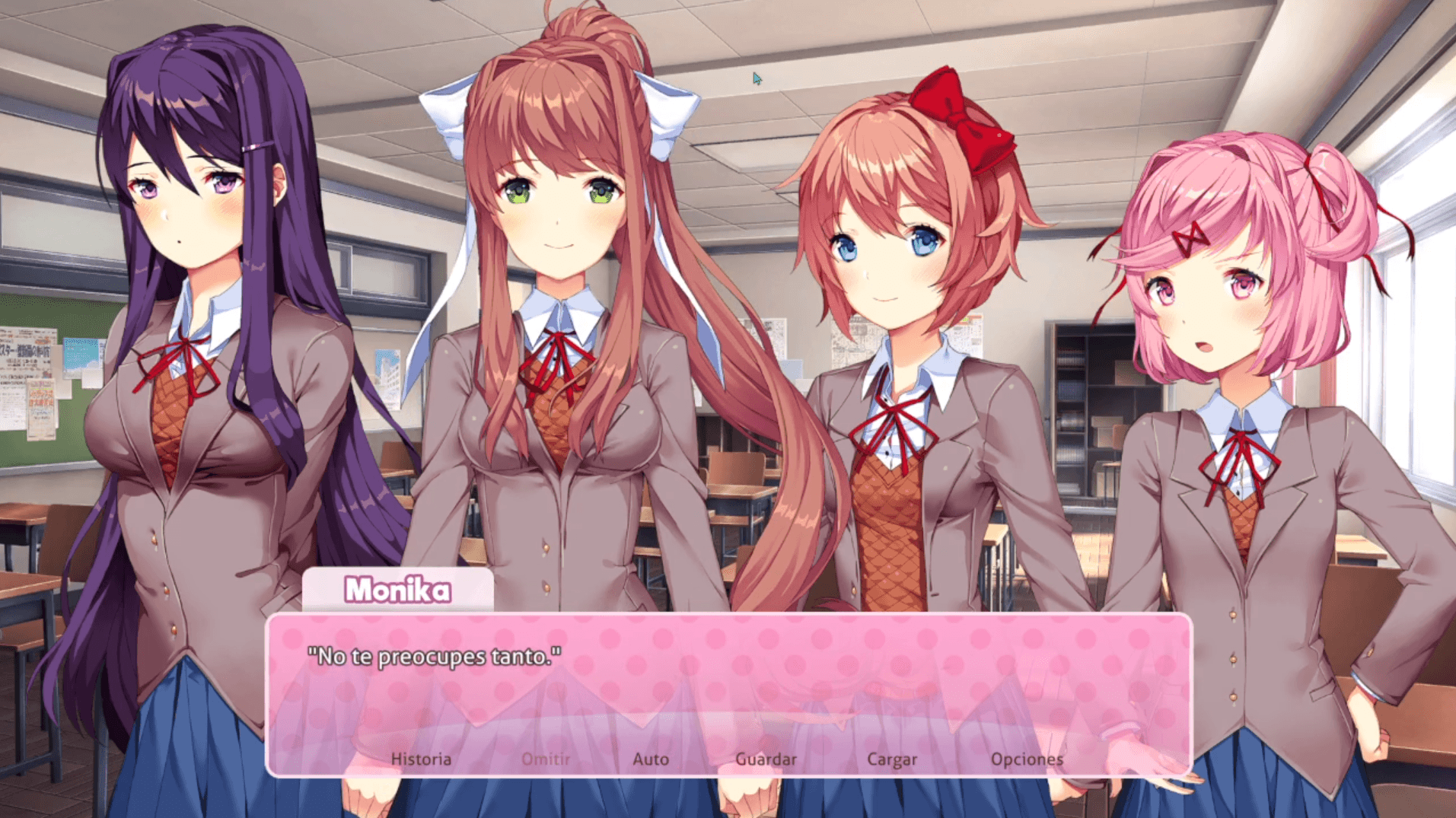 It’s a game that makes you reflect on how much control you really have over what happens, how much freedom you really have to decide. Although Doki Doki Literature Club isn’t technically complex, nor does it have an aesthetic or story as deep as Fatal Frame or Silent Hill, it’s a title that shows us terror in a very different way—a terror we might face every day with the people around us.
It’s a game that makes you reflect on how much control you really have over what happens, how much freedom you really have to decide. Although Doki Doki Literature Club isn’t technically complex, nor does it have an aesthetic or story as deep as Fatal Frame or Silent Hill, it’s a title that shows us terror in a very different way—a terror we might face every day with the people around us.
There are many more…
I know there are a ton of other titles that explore horror from different angles, like Rule of Rose and Detention, including titles I mentioned at the beginning, like Layers of Fear, Anatomy, Soma, and Little Nightmares. However, I haven’t played many horror games; I admit I’m quite a coward when it comes to playing them. But I want to confront this fear and play Detention on our Twitch channel for a good analysis, and of course, you’re more than welcome to join me on this adventure.
I hope you enjoyed this analysis, and if you did, you can also read Video Games That Teach Us What Redemption Is.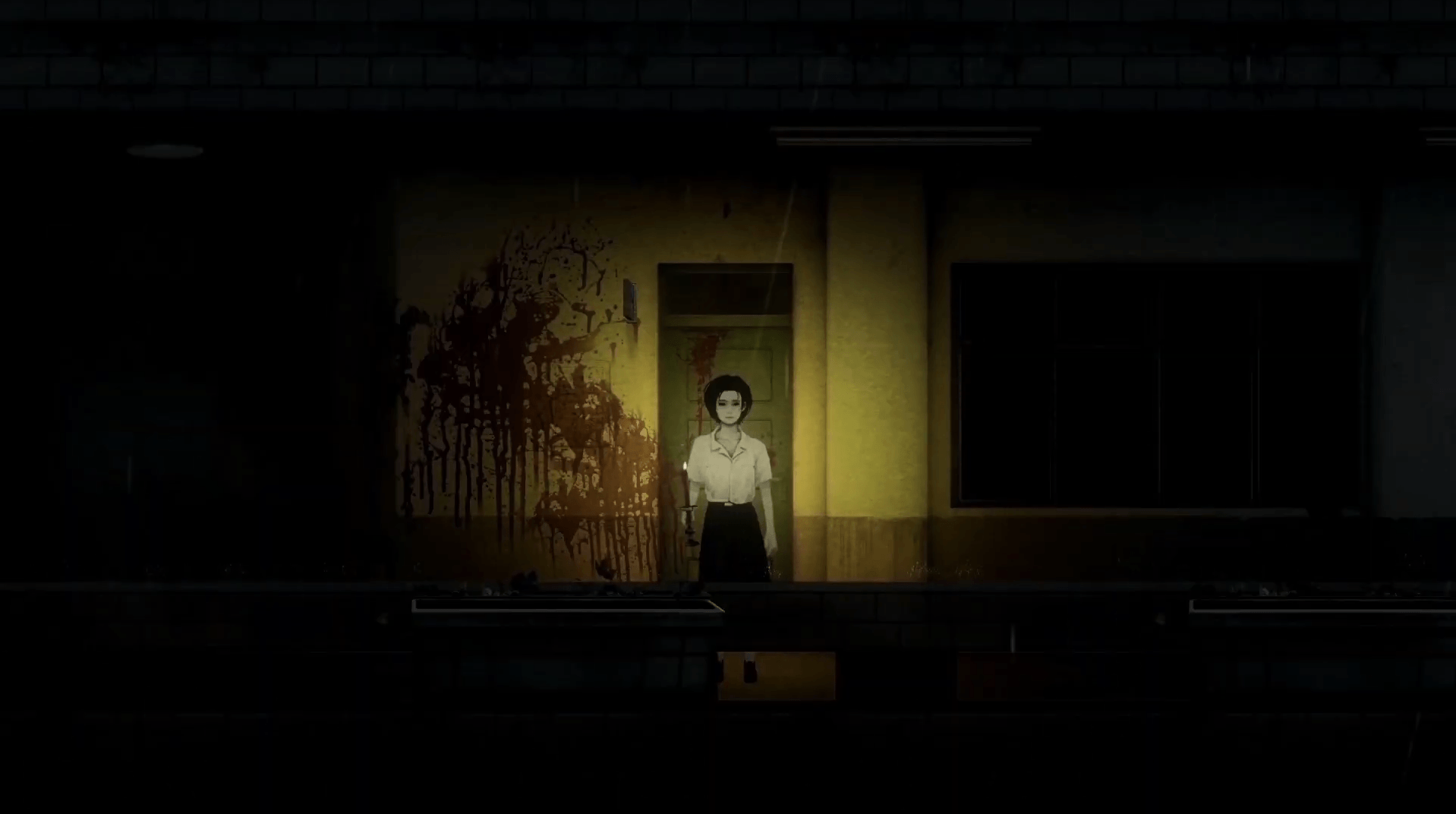

What’s up, gamers! I’m Andrea Villasmil, the one weaving magic behind Joystick Latino. From the glorious era of Metal Gear Solid on the PS1 to today’s RPGs, video games have me hooked. Besides being the boss around here, I’m an editor and translator on this wonderful website. I’m also a music teacher, delving into the world of dubbing and voice acting.
Between psychological thrillers, RPG sessions, and delicious pasta dishes, I have a great time sharing my obsession for games on Joystick Latino. See you in the game, friends!

